October. Halloween, Beltane, the occult is in the air. What better time to address Japan’s youkai culture in all its diverse and sometimes mystifying forms?
As anime and manga fans, we certainly have our fair share of exposure to this side of Japanese culture. Japanese is a bit of a singularity when it comes to religion, as in so many ways. It’s one of the most secular countries in the world when it comes to organized religion. But spiritual tradition is ingrained in the daily lives of people more profoundly than almost anywhere else. And youkai are a part of that. The source of all this is Shinto, the native belief system that developed in Japan long before anywhere here had ever heard of Buddhism.
Let’s start with terminology, which is itself not so easy for Westerners to get a handle on. The word “youkai” itself is a fairly recent construct (it was hardly used before the 19th Century). Nowadays it’s certainly the term Westerners (and younger Japanese) are most likely to have heard. In the context of the title of this article. youkai is often a sort of umbrella term encompassing any supernatural being that’s not a God (Kami). Both kanji that make up the word express the concept of “strange” or “doubtful”.
“Ayakashi” is a much older term. We’re getting into distinctions here that you sense Japanese people think outsiders will never understand. Sometimes you’ll be told that ayakashi is merely the archaic form of the word “youkai”. But there’s a definite historical connection between the word and supernatural beings specifically related to water. Ah, but here is where kanji (as ever) rears its confusing head. For there are two different kanji representations read as “ayakashi”, and only one of them is the old form related to water. There’s another, which described a more general supernatural being. This “spelling” has connections to Noh theatre, historically, and is the one you often see used interchangeably with youaki.
As tempting as it is to leave it at that, in truth neither version of ayakashi is really synonymous with youkai. Ayakashi are almost universally held up as malicious spirits, whereas youkai can run the full range from evil to mischievous to friendly and helpful towards humans. And that brings us to the third main term we’re concerned with here, “Mononoke”. Mononoke are traditionally always malicious. Specifically, creatures which possess humans with malicious intent. In its arcane form mononoke refers to creatures born from onyro. And what, pray tell, is an onryo? A vengeful spirit of a human who died under dark circumstances and possesses living humans for the purpose of cursing them.
When you consider that Shinto is a belief system with literally millions of Kami, it’s not surprising that a list of different types of youkai would keep us here till Halloween. But a few of the more well-known examples:
- Oni – Classically, an ogre-like creature with two horns, and the heart of the Setsubun holiday in February. Sometimes used interchangeably with “demon” but that’s not really right.
- Akuma – Closer, I think, to a Judeo-Christian idea of demons – or devils. The most evil among the youkai.
- Kappa – Water spirits with a plate on their heads who love cucumbers. Generally represented as more capricious than evil, though they have been known to reach inside the anus and steal a person’s shirikodama. Well-represented in anime with Sarazanmai and Summer Days With Coo.
- Tengu – The lords of the mountains, red-faced humans or crows with a penchant for shotacon and many magical powers.
- Kitsune – Trickster fox youkai, eponymous in manga and anime.
- Tanuki – A real animal but also one of the most famous youkai. A shapeshifter and the heroic center Uchouten Kazoku (the Shimogami Family’s home, Tadasu no Mori, is 500 meters from my house).
- Yatagarasu – The three-legged crow of Amaterasu and the stars of their namesake novel and anime series Karasu wa Aruji wo Erabanai.
- Bakaneko/Nekomata – The two varieties of cat youkai. Nekomata have two tails are generally more prone to malevolence.
- Zashiki-Warashi – Another anime favorite, a protective house spirit in the form of a small child. Can either be a harbinger of good or ill luck depending on a complicated array of variables.
Finally, let’s talk about the two forms of “ghosts”. Obake are the less threatening form, what you imagine a child dressing up as for Halloween. Yuurei, on the other hand, is a word that sends a chill up the spine of Japanese children and adults alike. The lingering spirits of the restless dead.
Now, to tie all this into anime, Nicc asked me to compile a few lists, starting with my top 5 youkai anime. And for goodness sake, that’s nigh on impossible – there are so many. I chose five but there are countless others I could mention. Rather than the “five best anime featuring youkai”, I tried to pick five which were really about youkai.
- Natsume Yuujinchou – It has to start here. Exemplifies the theme.
- Uchouten Kazoku – A celebration of tanuki and tengu in the immortal city of Kyoto. Must be a manifestation of my idiot blood.
- GeGeGe no Kitarou – Without a doubt the most important and famous youkai franchise in history.
- Ghost Hound – A fascinating mix of Shinto creepies and Jungian psychology (which in narrative terms prove superbly compatible).
- Zettai Shounen – One of the underappreciated masterpieces of the 2000’s.
On the movie front, I’d pick the aforementioned Summer Days With Coo by the great Hara Keiichi (whose Colorful is even better and among my favorite animated films of all time). And most obviously, Mononoke Hime. You could pick any number of Miyazaki films here, but Princess Mononoke is perhaps most essential as a pure youkai story and also, in my view, Miyazaki’s greatest masterpiece.
Nicc also mentioned Halloween anime specifically but that one is tougher for a different reason. There aren’t really any series about Halloween per se (that I’m aware of), but there are some good Halloween episodes. Koori Zokusei Danshi to Cool na Douryou Joshi had an adorable one. People forget the Hyouka Halloween episode, but it was a good one. And finally Hoozuki no Reitetsu (which could easily have been one of the five entries in the above list) had a hilarious Halloween ep in its second season which saw Hoozuki and the gang go to the human world and be horrified at modern celebrations of the holiday.
Finally, Nicc asked me to choose my top youkai characters. Hoo, boy. Absolutely brutal but I’ll go ahead and pick five as an arbitrary number.
- Nyanko-sensei/Madara (Natsume Yuujinchou) – Just the best. Inoue Kazuhiko owns this role beyond any debate. Kogitsune gets an honorable mention.
- Poco (Udon no Kuni no Kiniro Kemari) – A superb series and Poco is the tanuki at the heart of it. So frickin’ cute. I could easily do just a “top tanuki” list, BTW.
- Kitarou (GeGeGe no Kitarou) – Probably the most famous youkai in anime and manga, and for good reason.
- Inuyasha (Inuyasha) – Yeah, I get the criticisms some people have of this series. It’s not perfect. But it’s a youkai bonanza, and very much part of my development as an anime fan.
- Hoozuki (Hoozuki no Reitetsu) – A former human, true, but the standard-bearer for youkai now. Hell was never this much fun.


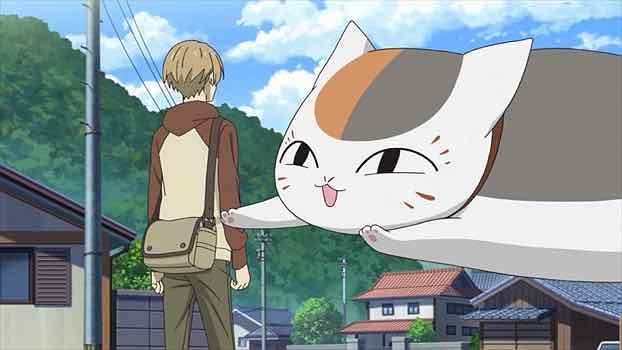

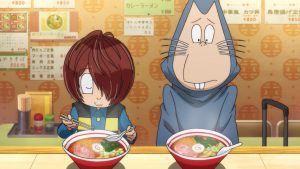


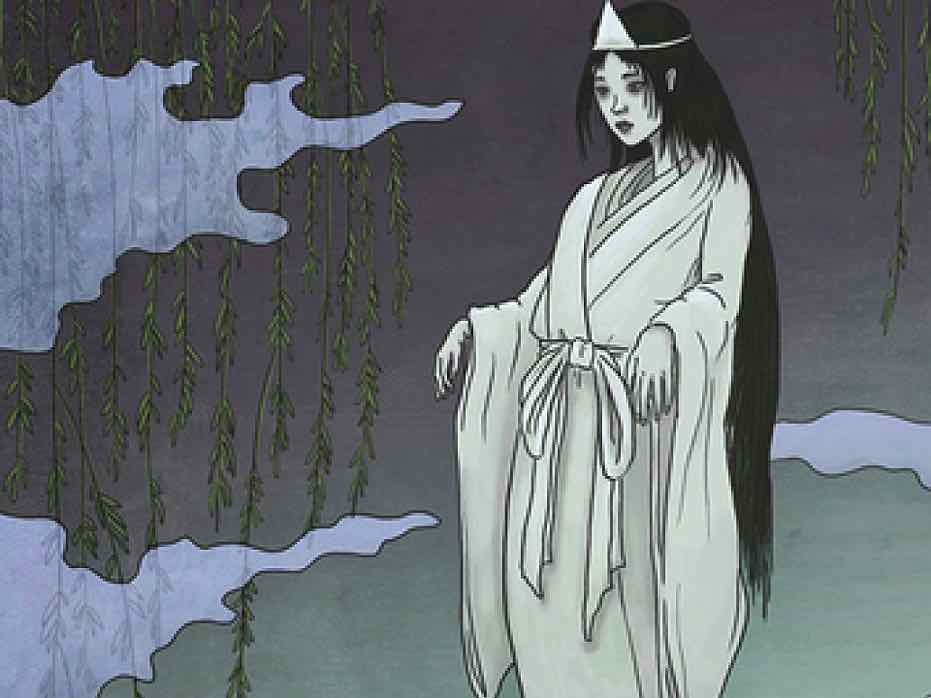
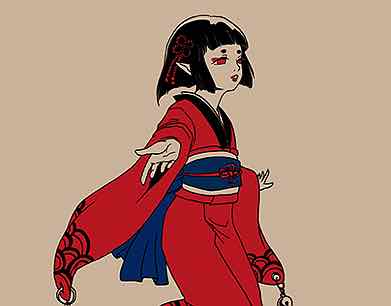
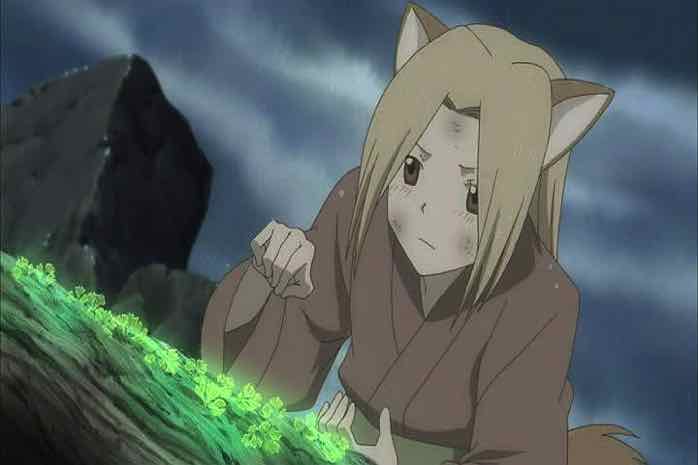
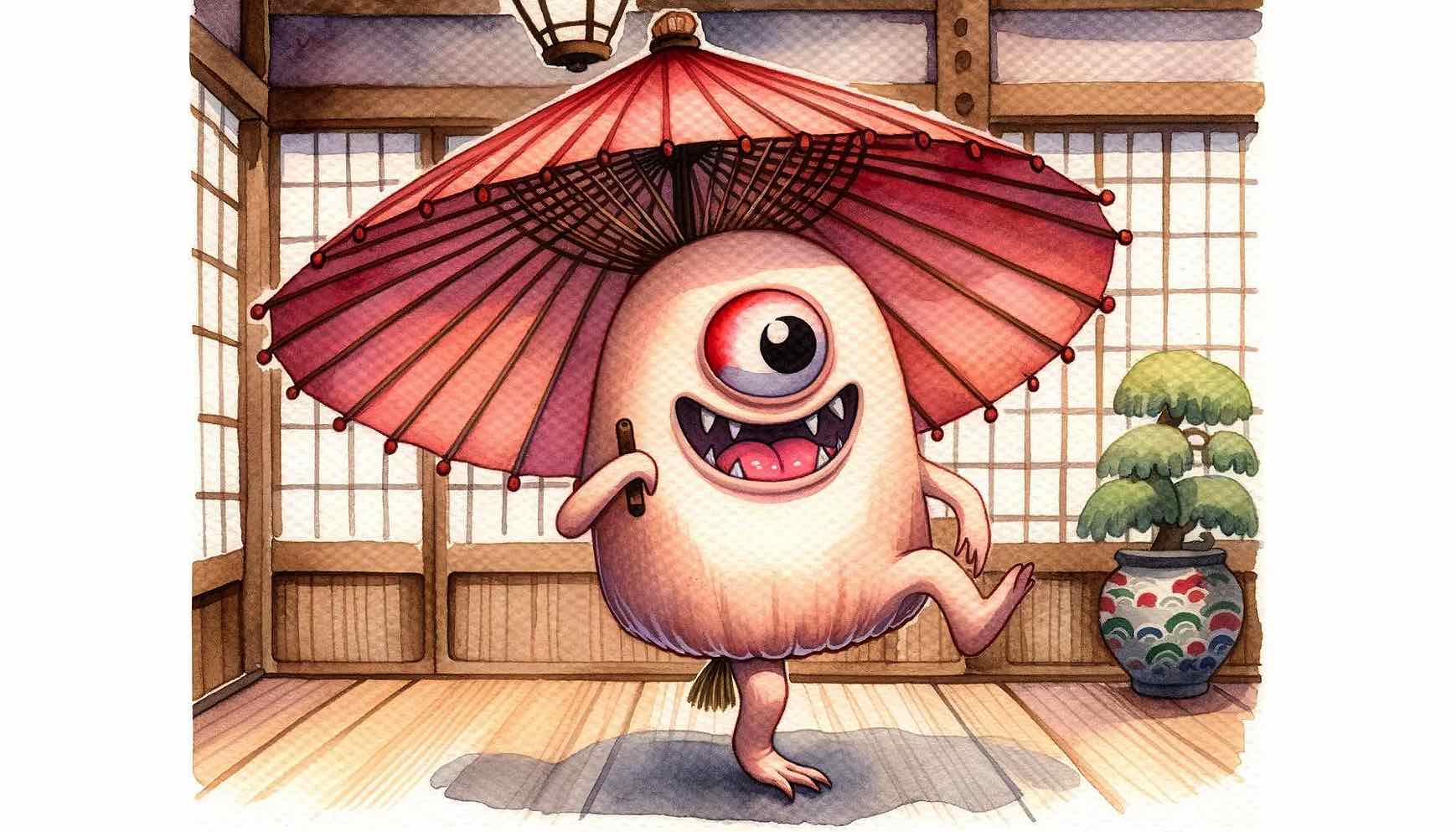
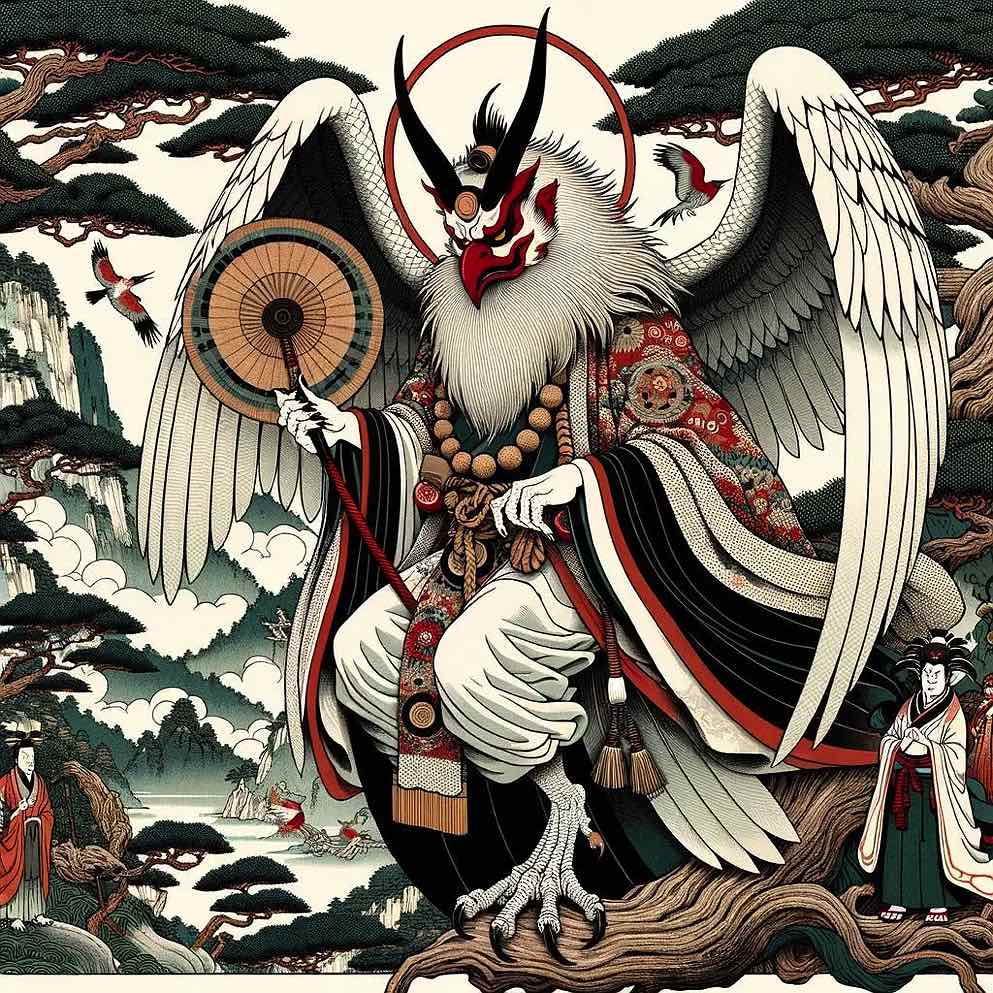
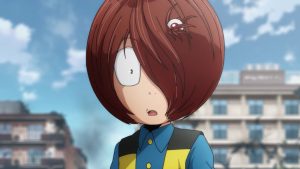
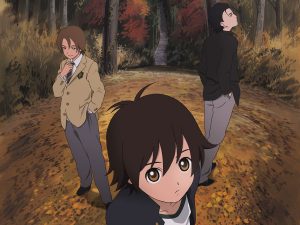
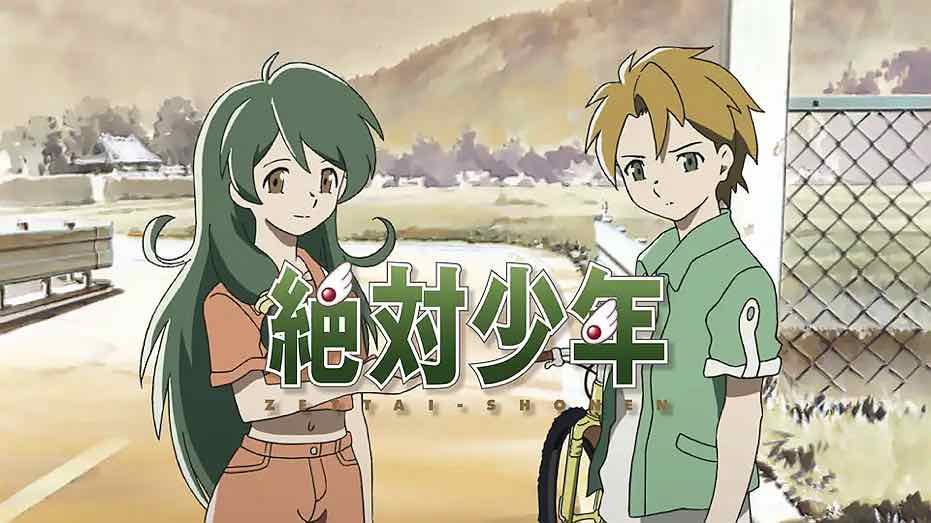
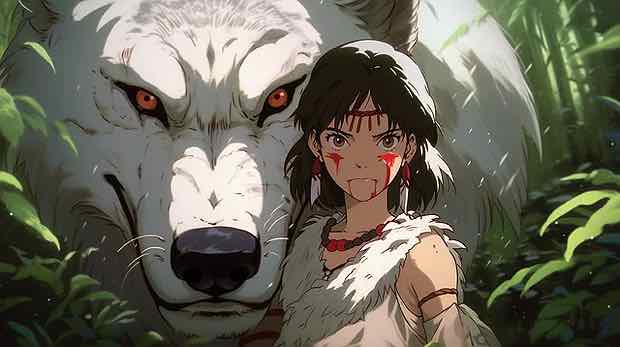
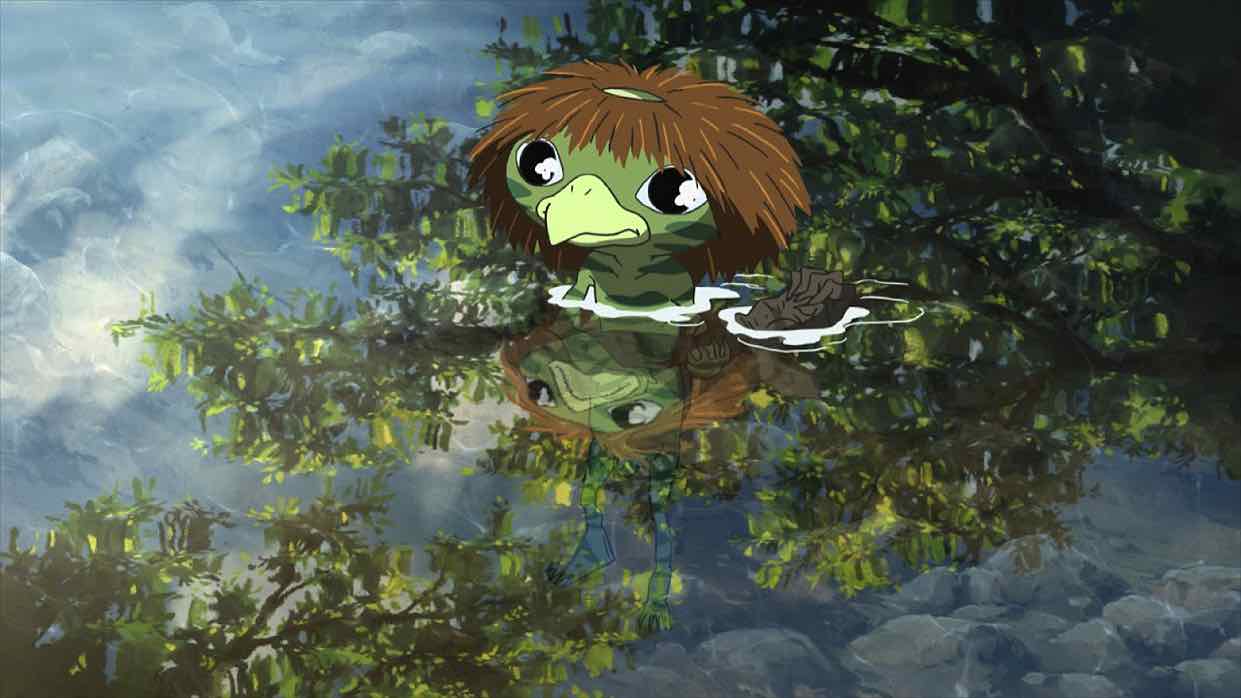
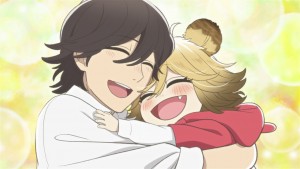
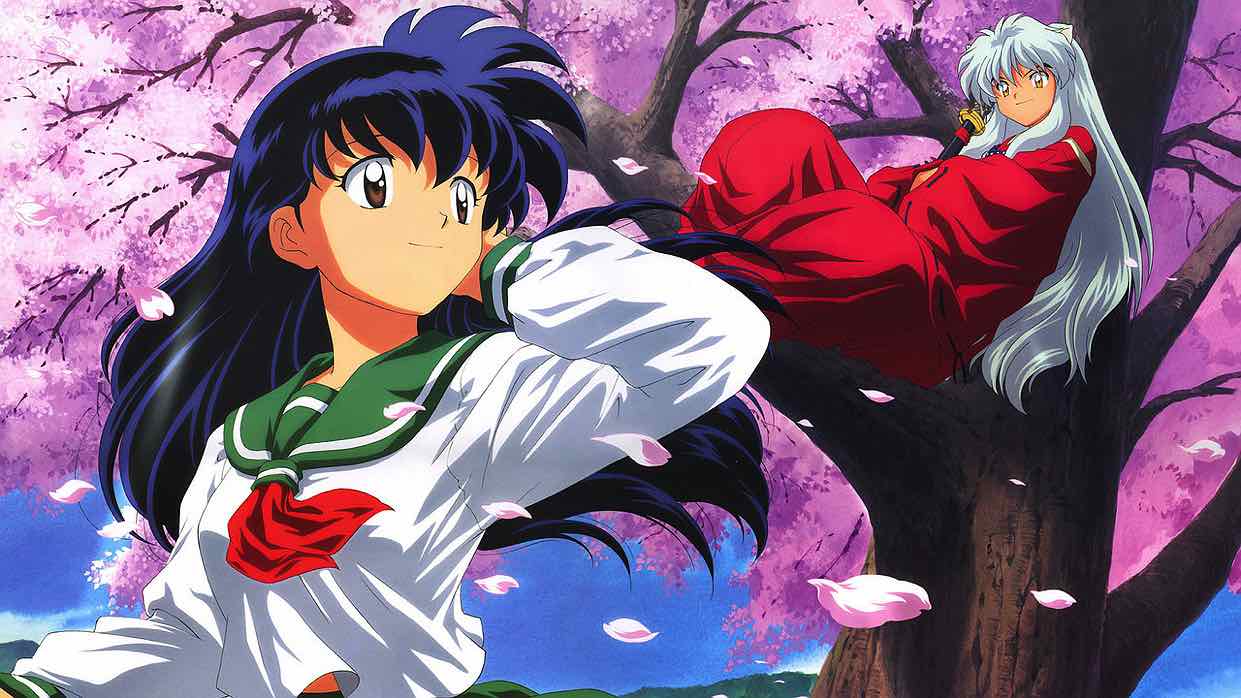


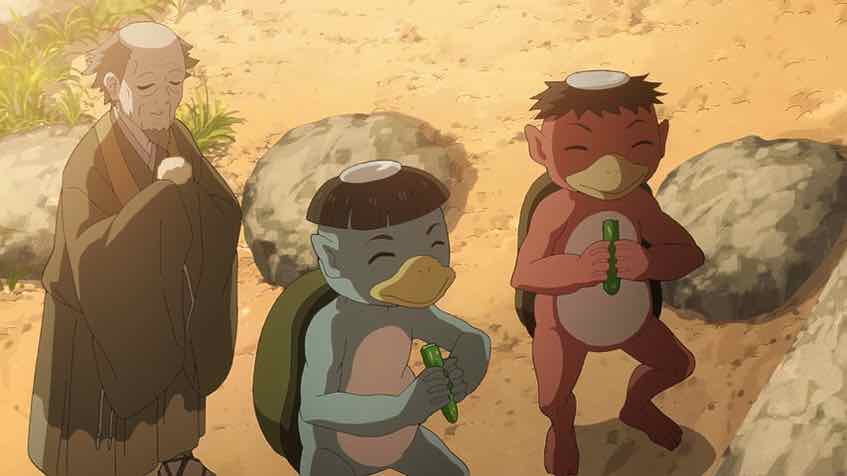
Nicc
November 1, 2024 at 6:11 amOne of the things I picked up quickly when watching anime was the belief in the supernatural, even if only casually. Every school has their own “Seven Mysteries”, which are urban legends that tend to be supernatural in nature. I remember some episodes dedicated to searching youkai, like trying to find a tsuchinoko. Even Western ones like the chupacabra have shown up a few times.
Indeed, as we approach Halloween, this is a great topic and one I have a good deal of interest in. Thanks for the explanation for the terms “Ayakashi” and “Mononoke”. How the term “ayakashi” had something to do with water also threw me off. I have a better understanding of the naming conventions now thanks to this. Which reminds me, I should finish watching “Mononoke” one of these days.
Those are definitely the yokai that we see most often. The fox spirit is that one I’ve been famliar with the longest and it’s one of the MCs in “Sengoku Yokou”. Amongst some that weren’t mentioned, I’m also partial to the kirin and the tatsu.Thanks for your list of favorite shows, movies and characters. Thanks again for the commission and y’all have a fun and safe Halloween and don’t forget to keep a light on. Due to how the moon phases worked out, it’s also Diwali (I remember once when Lunar New Year and Valentine’s Day was on the same day) and so Happy Diwaleen, everybody! I skip the candy now. It’s fine to binge on it when you’re 10, but your primary care doc/GP won’t appreciate it if doing so as an adult.